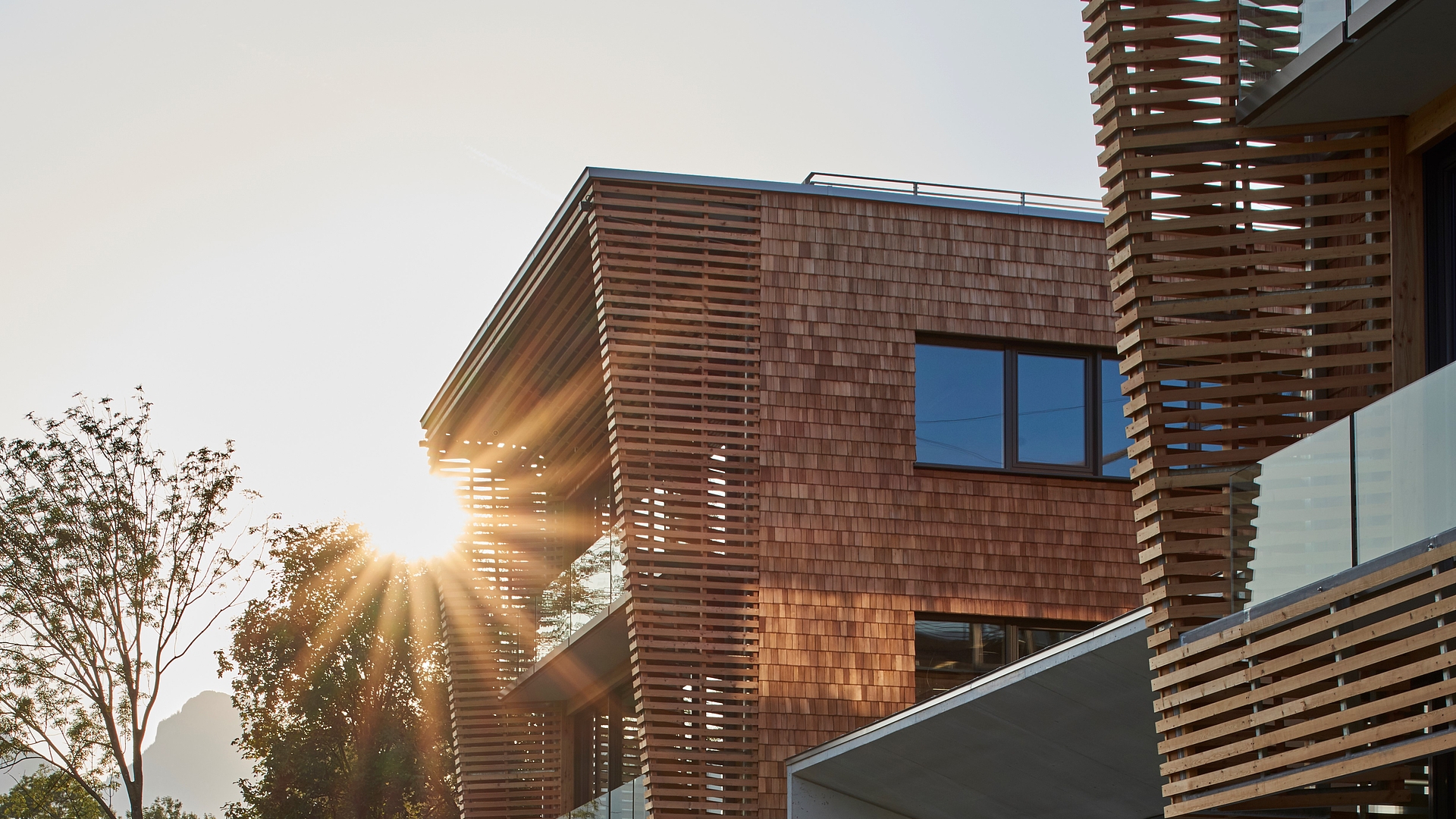
Perfect light planning for your home
Did you know that light can have a positive effect on your mood and performance? Reason enough to shine a light on light planning for your home. Here we tell you what home light planning is all about and how you can make the most of natural daylight at all times.
People and light
Light is fundamental: it regulates the circadian rhythm and so also affects the immune system. Light sets an internal clock and decides how (well) you sleep. It can energise, lift spirits and motivate. Furthermore, daylight enables you to absorb essential vitamin D.
The concept of ‘human-centric lighting’ (HCL) depicts how light can also have an emotional and biological effect on people. This knowledge is rudimentary for light planning in the home as it allows you to influence how you feel and how efficient you are.
We shed some light on the matter with a few fascinating facts: daylight makes you produce more of the happiness hormone serotonin – this also works with bluish light at around 5000 degrees Kelvin. Warm white light at around 3000 degrees Kelvin is best in the evening as it has a calming effect and triggers the sleep hormone melatonin.
Why is home light planning important?
Are you building a house? Then light planning is an important factor to consider because as soon as the house is up, it can no longer be moved. For instance, you won’t be able to move a room to face another direction or to use daylight more effectively.
When planning the lighting for your home, you not only need to decide what lights go with the furniture or where the floor lamps look best. You must also think about natural light. Daylight and artificial light should work together optimally and be balanced.
Good light planning in and around the home with light sources working in harmony not only looks good; it can make everyday life more pleasant and save energy costs. Furthermore, it can result in exciting light-and-shadow effects at different times of the day, which you can even automate with smart-home solutions.
Tips and tricks for optimum lighting
Natural light is highly beneficial, so the more precisely you can align your home according to the course of the sun, the better it will be for you and your energy bills. The sun rises in the east, moves southwards where it reaches its zenith, and then sets in the west. For this reason we recommend the following:
- bedrooms should face east
- the living room should face south
- the terrace should be in the south-west
You can of course adapt this according to your requirements – if you like to sleep in, morning light might not be your best friend. The seasons also play their part. South-facing rooms get the most heat in winter when the sun can be an additional energy source in the bedroom.
Basic and secondary lighting are part of home light planning. The latter is highly relevant as it not only lights up the rooms, but should also improve the homely feel. What we are referring to here is accent lighting that creates an atmosphere. Excellent examples of this are:
- showcasing pictures with wall lamps
- creating light islands with table lamps
- setting the mood with background lighting
- accentuating a reading corner with a floor lamp
- reducing risks with staircase lighting
The following quick tips can also help: very bright light or daylight lamps in the home office; waterproof solutions in the bathroom; no light sources in the living room that are reflected on the television screen; warm light in the bedroom; white light in the dining area; and functional lighting in the kitchen. That will put your home in the best light.